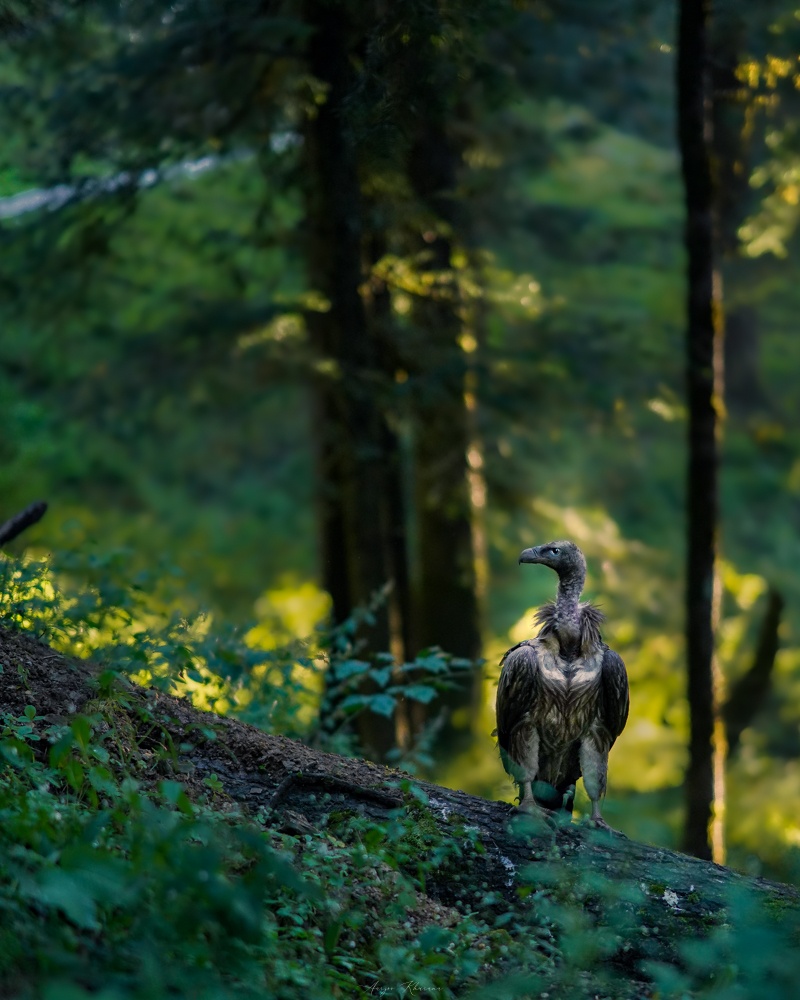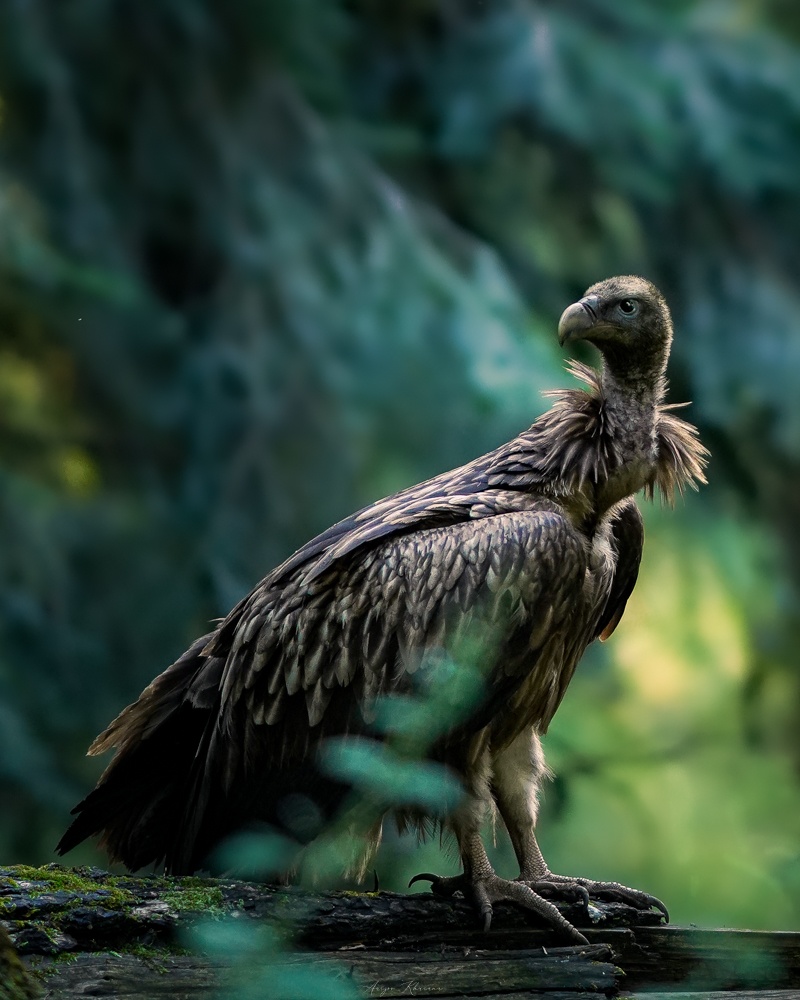A chance meeting with Himalayan Vultures in Shimla
A chance meeting with Himalayan Vultures in Shimla
AARZOO KHURANA
Vultures are big birds and the Himalayan griffon vulture is no exception. Not just a big vulture, it is, as a matter of fact, the largest and heaviest bird one might come across in the Himalayas, the largest among the Gyps for sure, with a wingspan of about three meters and weight over ten kilograms. Like all vultures, it feeds exclusively on the carcasses of animals, mostly domestic yaks, and competes with not just other birds but also with land carnivores such as wolves, leopards and others.

I found this one sitting calmly on the trunk of a fallen tree near in Shimla, and thought of trying to capture it on camera, which is always tricky because vultures are pretty alert, and although they do not attack the intruders all that often, they are scary birds by their size and strength all the same, not to mention their ability to tear the flesh off the bones. But it was not just idling there. It was feeding on a carcass, and it was being continually disturbed by the passing vehicles. I was not prepared to encounter a bird on my way to roaming around in Shimla, and was wearing a bright coloured jacket completely unsuitable around the birds in their natural environment. The bird would peck on the carcass and would fly up the trees when a vehicle passed, scared. And then return to feed some more.
I tiptoed as close as I could get to the bird without alarming it into taking a flight, and focused my camera on it, adjusting it to get the best possible picture at the earlier, for it could take to the sky anytime, and, yes, then I could certainly click it in flight, but one has lesser control over those shots in a setting where there are trees around. So it was better if it sat for a while before taking the flight. Or not take a flight at all. Luckily, this vulture had not flown in from a faraway place. Its nest was right up the tree under which it was feeding. I did not want to disturb it any more than I already had. So we left for the Peak, but we spotted the bird at the same place on our way back. It was still doing the feeding and flying like earlier. We stopped the car at a distance from the bird, and this time I carefully moved closer, and closer, testing how close I could get before the vulture stopped tolerating my presence.

It moved its head around a bit, surveying the area to keep a watch on the surroundings perhaps, and allowed me to click a few more pictures in the process. It didn’t seem disturbed by my presence; at least not as much as to leave the site anyway. So I moved closer, and soon it was perfectly at ease with me around. And then I clicked several more from different angles. When we decided to not disturb the large bird any further it was still enjoying its meal in large and small bits. Another vulture, perhaps part of family or friends, joined in to share the meal.
The Himalayan griffon vultures are mainly found in the Himalayas and the adjoining Tibetan Plateau, and are currently in need of better protection, for they are listed as Near Threatened on the IUCN Red List. Their existence is threatened mainly by diclofenac, an anti-inflammatory drug whose overuse in cattles since its approval for veterinary use in 2013 has been causing kidney failure in vultures. The vultures ingest the residue of the drug through the carcass of domestic animals. The diclofenac toxicity has been responsible for the rapid decline in the populations of vultures across Asia.


